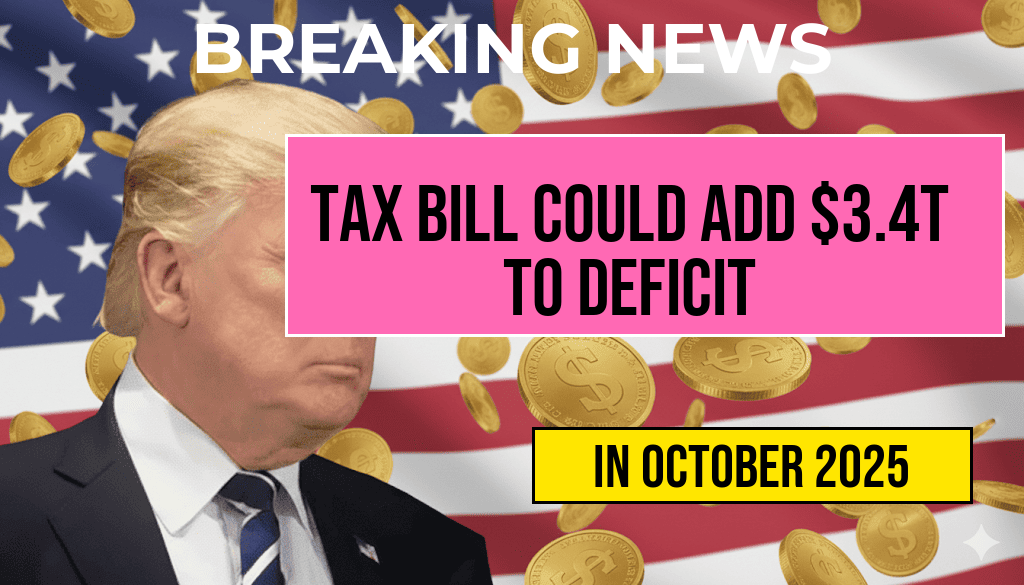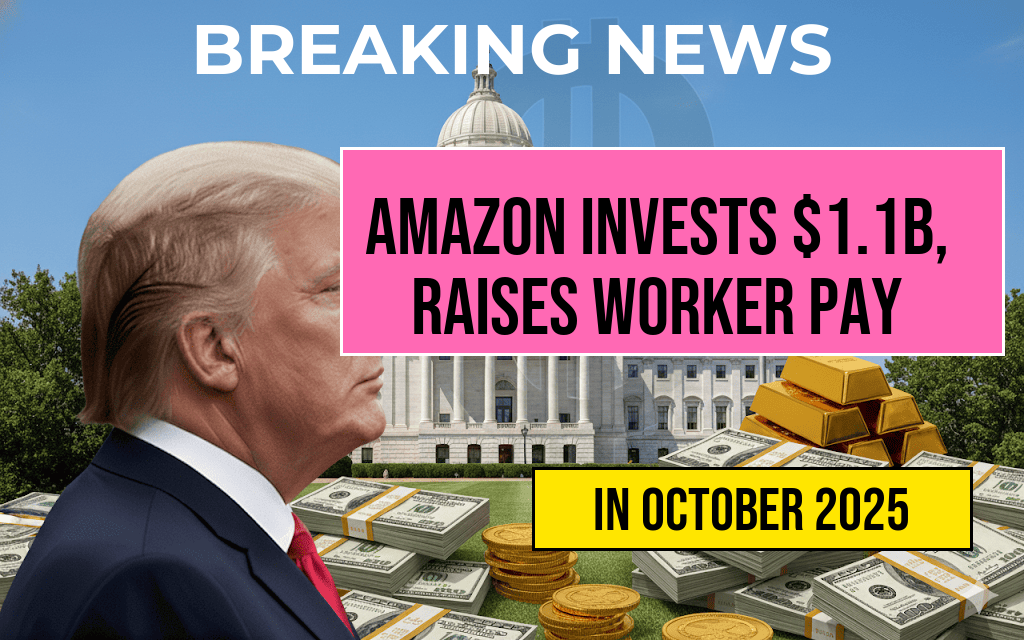Amid growing concerns about mounting national debt and fiscal stability, a proposed legislative package dubbed the “One Big Beautiful Bill” is drawing intense scrutiny from economists and policymakers alike. Critics warn that if enacted in its current form, the bill could inflate the federal deficit by approximately $3.4 trillion over the next decade, potentially exacerbating existing economic vulnerabilities. Proponents argue that the bill aims to streamline government programs and stimulate economic growth, but independent analyses suggest that its fiscal impact could be far more damaging than initially projected. As debates unfold in Congress, the implications of this legislation highlight the ongoing tension between growth-oriented policies and responsible fiscal management.
What is the “One Big Beautiful Bill”?
Legislative Overview
The “One Big Beautiful Bill” is a comprehensive legislative proposal introduced by a coalition of lawmakers seeking to overhaul various federal programs, streamline taxation, and invest heavily in infrastructure and social services. Marketed as a bold step toward revitalizing the economy, the bill encompasses a broad spectrum of initiatives, including tax cuts for corporations and individuals, expanded social welfare programs, and increased funding for infrastructure projects.
Intended Goals
- Stimulate economic growth through tax incentives
- Expand social safety nets to address inequality
- Modernize infrastructure to boost competitiveness
- Reduce bureaucratic redundancies in federal agencies
Projected Fiscal Impact and Expert Analysis
Cost Estimates and Budgetary Concerns
According to preliminary analyses from the Congressional Budget Office (CBO), the bill could increase the federal deficit by approximately $3.4 trillion over the next ten years. This projection considers both the immediate costs associated with new spending initiatives and the revenue shortfalls resulting from tax cuts. The CBO’s estimates suggest that, despite anticipated economic growth, the bill may not generate enough additional revenue to offset its expansive expenditures.
Economic Growth vs. Deficit Risks
Supporters contend that the bill’s investments will foster a robust economic expansion, eventually increasing revenues and reducing deficits over the long term. However, independent economists warn that the scale of proposed spending and tax reductions could lead to a significant increase in national debt, potentially undermining fiscal stability and raising borrowing costs. The Congressional Research Service emphasizes that large deficits can crowd out private investment and lead to higher interest rates, complicating economic recovery efforts.
Political and Public Reactions
Legislative Divisions
Partisan divides are sharply evident in debates over the bill. Democratic lawmakers generally favor the social and infrastructure components but voice reservations about the deficit impact. Conversely, Republican members emphasize the need for tax relief and deregulation, often downplaying concerns about debt growth. The bill’s potential to increase the deficit by trillions has become a central point of contention, with critics urging for fiscal responsibility and fiscal watchdogs warning of long-term consequences.
Public Concerns
Public opinion remains divided, with many voters expressing apprehension about rising national debt and its implications for future generations. Advocacy groups focused on fiscal responsibility highlight the risk of ballooning deficits, while business interests and industry groups often support tax cuts and deregulation measures included within the legislation.
Historical Context and Lessons
Past Legislation and Deficit Trends
| Legislation | Year | Estimated Deficit Impact | Notes |
|---|---|---|---|
| Tax Cuts and Jobs Act | 2017 | Increased deficit by approximately $1.9 trillion over a decade | Primarily due to significant tax reductions |
| American Recovery and Reinvestment Act | 2009 | Added roughly $800 billion to the deficit | Stimulus measures to counteract recession |
| Affordable Care Act | 2010 | Projected to reduce deficits over time, but initial costs increased debt | Mixed economic effects |
These historical examples underline how large legislative changes often lead to significant shifts in the federal deficit, emphasizing the importance of careful fiscal planning and the potential long-term impacts of current proposals.
Next Steps and Policy Considerations
Legislative Process
The bill is currently in the early stages of congressional review, with committees examining its provisions. Lawmakers face the challenge of balancing economic growth ambitions with prudent fiscal management. Amendments and negotiations are expected to modify some of its more controversial elements before any final vote.
Expert Recommendations
Fiscal policy experts advise a cautious approach, advocating for targeted investments that demonstrate clear return on investment and revenue-generating measures to offset increased spending. Maintaining sustainable debt levels is deemed essential for long-term economic health, prompting calls for comprehensive cost-benefit analyses before advancing such expansive legislation.
Further Reading
- Federal Budget and Debt in the United States – Wikipedia
- Forbes: Analysis of the “One Big Beautiful Bill”
Frequently Asked Questions
What is the main concern raised in the article about the ‘One Big Beautiful Bill’?
The primary concern is that the ‘One Big Beautiful Bill’ could significantly increase the federal deficit by approximately three point four trillion dollars, impacting the nation’s financial stability.
How might the bill affect the U.S. national debt?
The bill’s provisions could lead to a substantial rise in the national debt, potentially adding three point four trillion dollars to the deficit, which may have long-term economic implications.
What are the potential economic impacts of increasing the deficit by this amount?
An increase of this magnitude could result in higher interest rates, reduced public investment, and increased fiscal pressure on future generations.
Does the article mention who is advocating for or against the bill?
The article highlights concerns from critics who warn that the bill could dangerously expand the deficit, while supporters argue it could promote economic growth and tax reform.
What should taxpayers consider regarding the potential impact of this bill?
Taxpayers should consider how the bill’s financial implications might affect public services, fiscal responsibility, and the overall economic health of the country.






